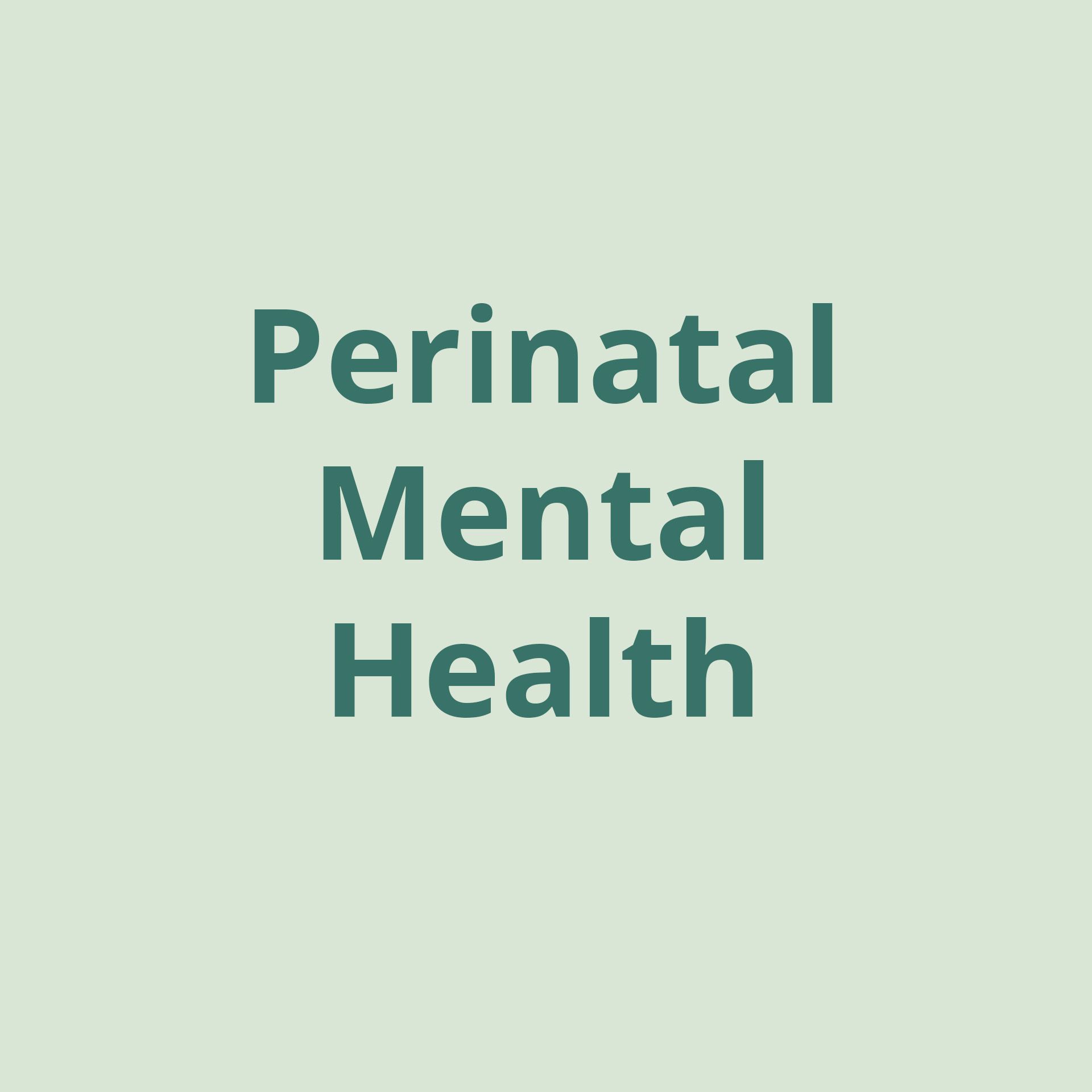How To Improve Your Sleep Hygiene for Restful Sleep

By Thrive Reno Occupational Therapist Dr. Meadow Deason, OTD, OTR/L
PROTECT YOUR SLEEP
Sleep is as important as eating and movement to our ability to function. Just as we nourish our well-being through intuitive eating and mindful movement, we should also engage in healthy sleep practices, or “sleep hygiene.”
WHAT IS SLEEP HYGIENE?
Dr. Chris Winter, author of The Sleep Solution: Why Your Sleep is Broken and How to Fix It defines sleep hygiene as “the act of controlling your sleep behaviors and environment to optimize your sleep.” In other words, sleep hygiene means ensuring your surroundings, routines, and mindset are aligned with the requirements for optimal sleep.
While we are instinctually driven to prioritize sleep, a multitude of factors can negatively impact the quality of our sleep. By practicing healthy sleep hygiene, we can mitigate these negative factors.
POOR SLEEP QUALITY FROM A TO ZZZ
The Impact of Poor Sleep Quality on Emotional and Mental Health
Sleep has a direct effect on our emotions. When we don’t get enough sleep, our prefrontal cortex (which helps regulate emotion) and our amygdala (which helps trigger emotional responses) don’t function in balance causing our emotions to fluctuate unnaturally. In children, insufficient sleep has been linked to aggression, bullying, and behavior problems.
As with emotions, poor sleep quality and mental health concerns are also intertwined, and typically exacerbate one another. Dr. Mathew Walker, author of Why We Sleep: Unlocking the Power of Sleep and Dreams stated, “There are no major psychological conditions in which sleep is normal.” As such, there is a high correlation between poor sleep quality, depression, anxiety, and substance abuse.
Factors that negatively impact sleep include:
- Stress
- Irregular sleep schedule
- Sleep environment disruptions
- Physical conditions, such as asthma, heart disease, epilepsy, respiratory disorders, restless leg syndrome, and bruxism
- Pain or chronic illness
- Medications
- Mental health disorders, such as depression, anxiety, post-traumatic stress disorder (PTSD), and trauma
- Concussion or brain injury
- Specific sleep disorders, such as obstructive sleep apnea, delayed sleep phase syndrome (DSPS), and narcolepsy
- Stimulants, such as caffeine, nicotine, and amphetamines
- Significant life changes
You may be suffering from poor sleep quality if you are experiencing:
- Delayed sleep onset (trouble falling asleep)
- Intermittent walking at night
- Periods of wakefulness at night
- Feeling tired when you wake up
- Difficulty napping, even when fatigued
- Feeling fatigued throughout the day
- Irritability or difficulty with emotional regulation
- Difficulty concentrating or remembering information
You may have poor sleep hygiene if:
- Your bedtime varies widely
- You don’t have a bedtime routine
- You engage in screen time before falling asleep
- You leave the T.V. on while sleeping
- Sensory stimulus wakes you at night
FOURTEEN WAYS TO IMPROVE YOUR SLEEP HYGIENE
If you’re suffering from poor sleep quality, you can take the first step to solving your sleep struggles by beginning to pay attention to your current sleep patterns, how you feel throughout the day, and any practices that help you feel more rested than usual. At the same time, try incorporating some of the tips below to optimize your sleep.
-
- Maintain a sleep schedule. You can do this by going to bed and waking up at the same times each day.
- Carry out a bedtime routine. This may include changing into pajamas or sleep clothing, taking a warm bath or shower, reading a print book, and engaging in relaxation strategies such as mindfulness, progressive muscle relaxation, and diaphragmatic breathing.
- Create a comfortable sleep environment. You may want to ensure the room is cool, dark, and quiet. You may also consider diffusing essential oils, such as lavender, ylang-ylang, or a special sleep-oriented blend. Additionally, you can play brown or pink noise, which are sonic hues that can promote better sleep.
- Curate a cozy bed. From your mattress and pillows to your sheets and blankets, make sure the materials that make up your bed match your comfort preferences.
- Optimize your sleep position. Experts recommend sleeping on your side with your spine in a straight line and a pillow between your knees.
- Stay away from screens. Avoid the blue light emitted from screens for at least two hours before bedtime.
- Refrain from high-intensity movement before bed. Instead, opt for gentle mindful movement practices, such as yoga, tai chi, or qi gong.
- Monitor the side effects of any medications. All medications have side effects, which could include sleep interference. A simple change of your prescription or the time you take the medication may be just what you need to achieve a night of restful sleep.
- Refrain from substances that can make you restless. If ingested close to bedtime, caffeine, nicotine, and alcohol can make it difficult to fall asleep as well as decrease the quality of your sleep.
- Say no to nap time. If you take a nap late in the day, you may find it hard to fall asleep when it’s time for bed, and subsequently, wake up on time the next day.
- Refrain from eating and drinking two hours before bedtime. When the body is busy processing food and drink, you may find it difficult to relax into a truly deep sleep.
- Remove distracting bedfellows when possible. Fidgeting pets, snoring partners, and even cuddly children can cause you to remain wakeful throughout the night.
- Maintain your bed as a relaxation space. Reserve your bed for sleep, sex, and resting when you’re sick. In other words, no sending emails from under the covers.
- Score your sleep. You can use sleep rings, smartwatches, and smart beds to help you understand your nightly sleep quality.
CLINICAL SUPPORT FOR SLEEP
If your sleep has been disrupted for longer than four weeks and is impacting your ability to function normally, you may benefit from clinical support which can include occupational therapy and psychotherapy. Additionally, if you are dealing with chronic pain or a mental health condition, you may consider obtaining a sleep hygiene assessment.
From clinical support for sleep, you can gain:
- An environmental assessment of your sleep and individualized recommendations for modifications and adaptations.
- A sleep positioning assessment and recommendations for optimal positioning.
- An improved bedtime routine.
- Relaxation strategies to promote restful sleep.
- Psychotherapy to help improve your mindset regarding sleep.
Thrive offers outpatient psychotherapy and occupational therapy to help you embrace a holistic sense of wellbeing, including a reliably restful sleep routine. Reach out to us to learn more about our therapeutic services and sleep hygiene guidance.
About the Author
Thrive Reno Occupational Therapist Dr. Meadow Deason, OTD, OTR/L
Dr. Meadow Deason earned her doctorate of occupational therapy at Huntington University and is a licensed doctor of occupational therapy (OTD). As an occupational therapist, she has extensive clinical experience in neurological and physical rehabilitation, fall prevention education, community-based services, home health, and mental health. Dr. Deason is also trained in oral motor function assessment, feeding therapy, therapeutic pain education, home modification, aging in place, brain injury rehabilitation, sensory integration, integration of primitive reflexes, neuromuscular rehabilitation, upper extremity rehabilitation, behavioral management, ergonomics, and mindfulness. She partners with individuals and their loved ones to overcome emotional, physical, and social barriers to holistic health through meaningful activities designed to develop, recover, modify, or maintain skills for thriving in everyday life.
Prior to becoming an occupational therapist, Dr. Deason gained years of experience in early childhood intervention, social services, treatment foster care, special education, and business.
The post How To Improve Your Sleep Hygiene for Restful Sleep first appeared on Thrive Wellness.








